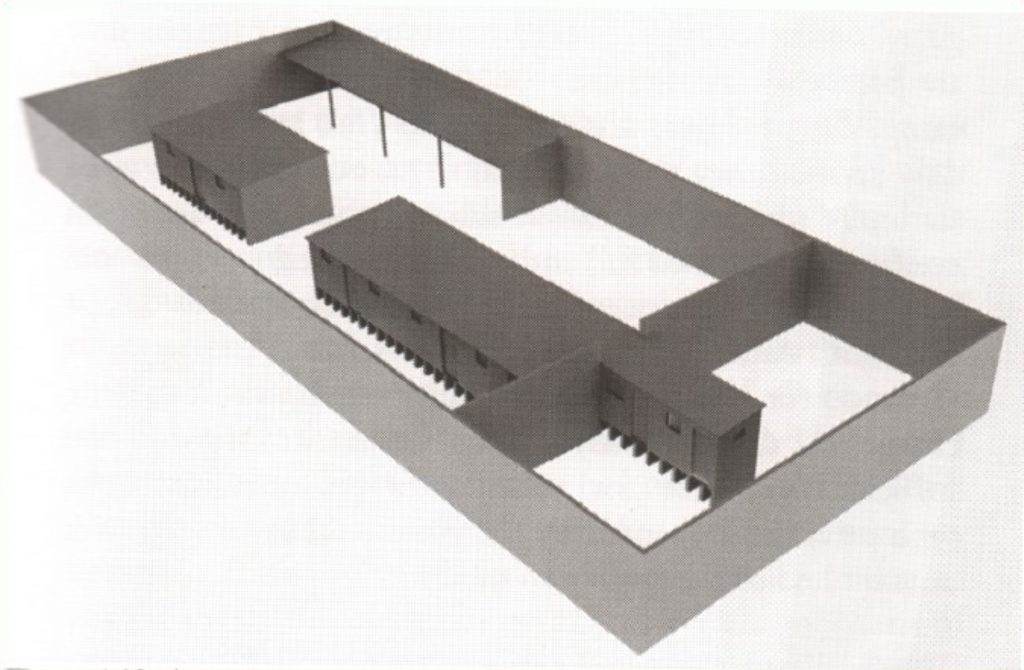 One hundred and fifty years ago in March and April of 1869, as arrests of the George W. Smith murder suspects approached 30 or more, Union General George P. Buell constructed the Jefferson stockade as part of the Union military post that stretched south of Common Street to the bayou between Houston and Texas Streets – just across the street from the site of the Mother Church, which had been burned in October of 1868.
One hundred and fifty years ago in March and April of 1869, as arrests of the George W. Smith murder suspects approached 30 or more, Union General George P. Buell constructed the Jefferson stockade as part of the Union military post that stretched south of Common Street to the bayou between Houston and Texas Streets – just across the street from the site of the Mother Church, which had been burned in October of 1868.
An area in “Sandtown” where the federal military post and its stockade were located after the murder of George W. Smith and the burning of the “African Church” in October, 1868. The stockade was constructed just south of Cypress Street between Texas Street and Houston Street on the road leading into town.


A 3D rendering of the Jefferson stockade by Craig Hawthorne based on military rec-ords. This drawing was taken from page 49 of Murder in Jefferson: the 1868 Stock-ade Case by Hawthorne and Andrew Spencer
By July 8, the stockade would be enlarged to 7,535 square feet and contain two buildings and a guardhouse (Hawthorne, 2012). To pay for these new facilities, a new tax was levied on the citizens of Marion County amounting to 17 1⁄2 cents per $100 dollars of taxable property. Later, the commissioners court found it necessary to increase the tax to 32 1⁄2 cents per hundred dollars of assessment (Tarpley, 1983).
Reports differ as to the conditions in the stockade. As it is today, opposing sides played to their own political positions. For instance, the Tyler Index, a Radical Republican newspaper, reported the kindness of General Buell as he allowed prisoners to receive food, clothing, and conversation from family and friends. Whereas, R.W. Loughery, the publisher of the Marshall Republic and the Jefferson Times, justified Smith’s death as “demanded by public safety” (Tarpley, 1983) and sensationalized the imprisonment of Jefferson citizens by reporting their on-going struggles with health and hygiene issues.
Works Cited
Hawthorne, A. S. (2012). Murder in Jefferson: The 1868 Stockade Case. US: 23House.
Tarpley, F. (1983). Jefferson: Riverport to the Southwest. Wolfe City, TX: Henington Publishing Company.